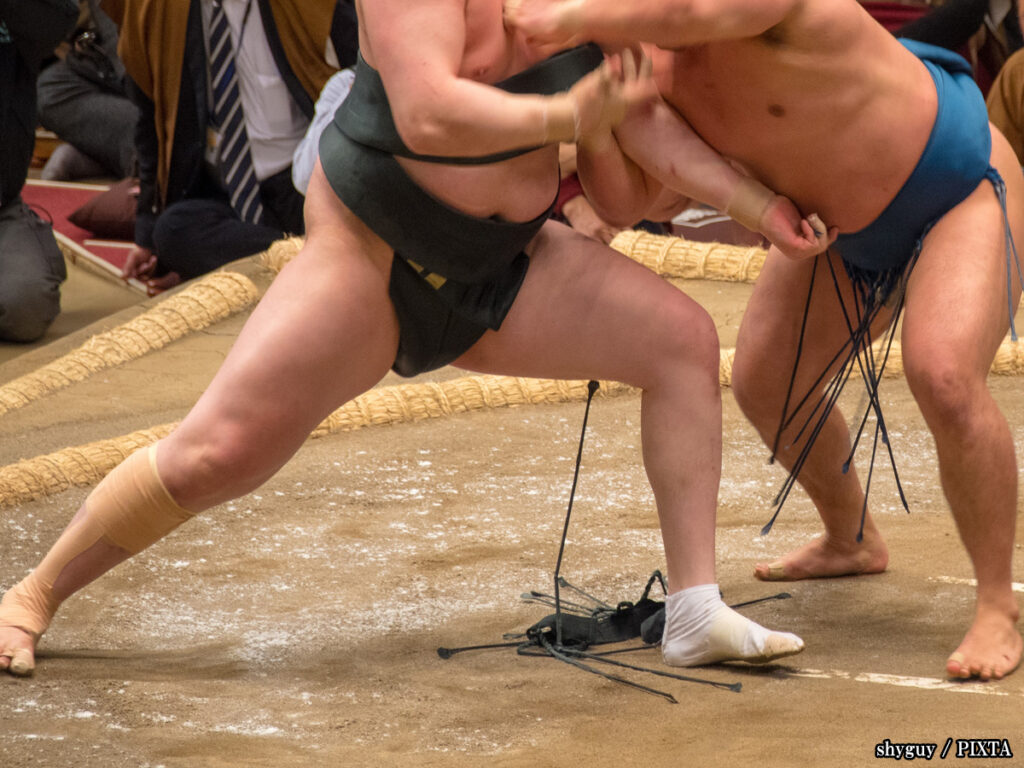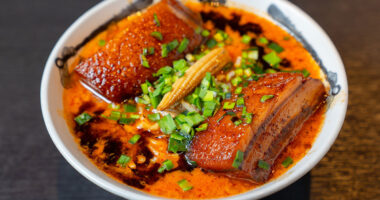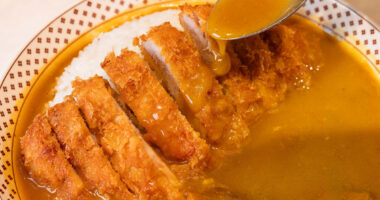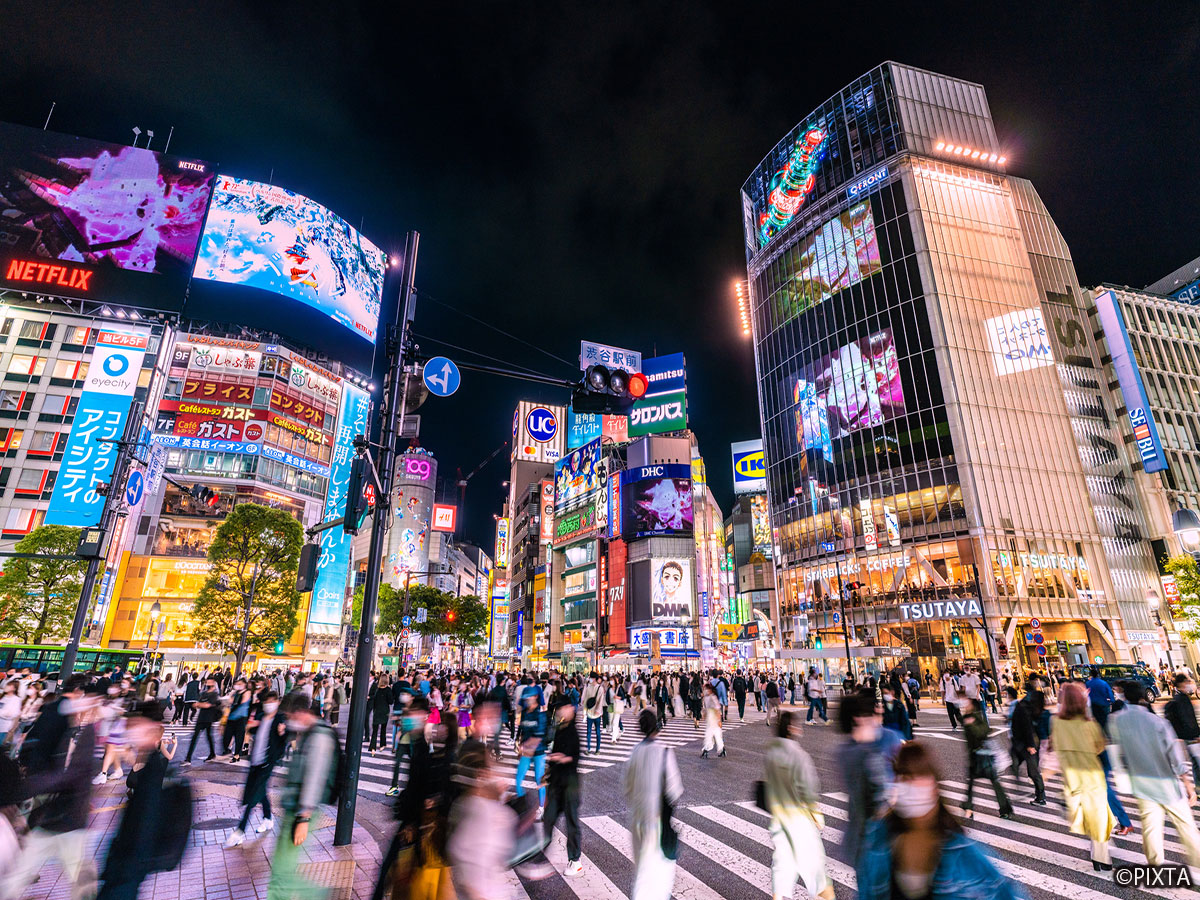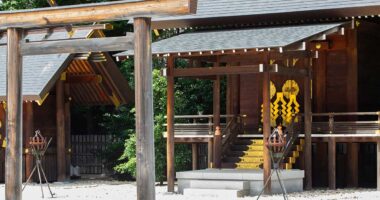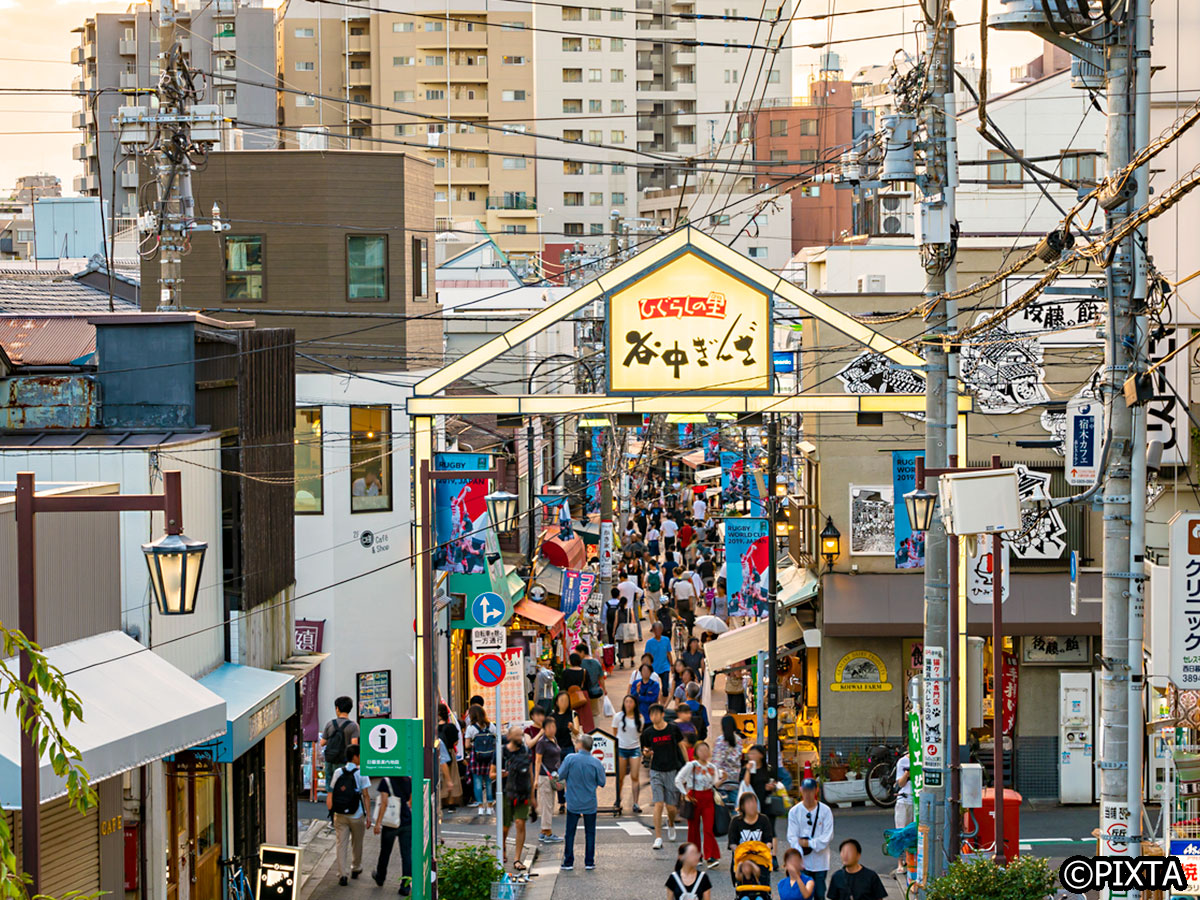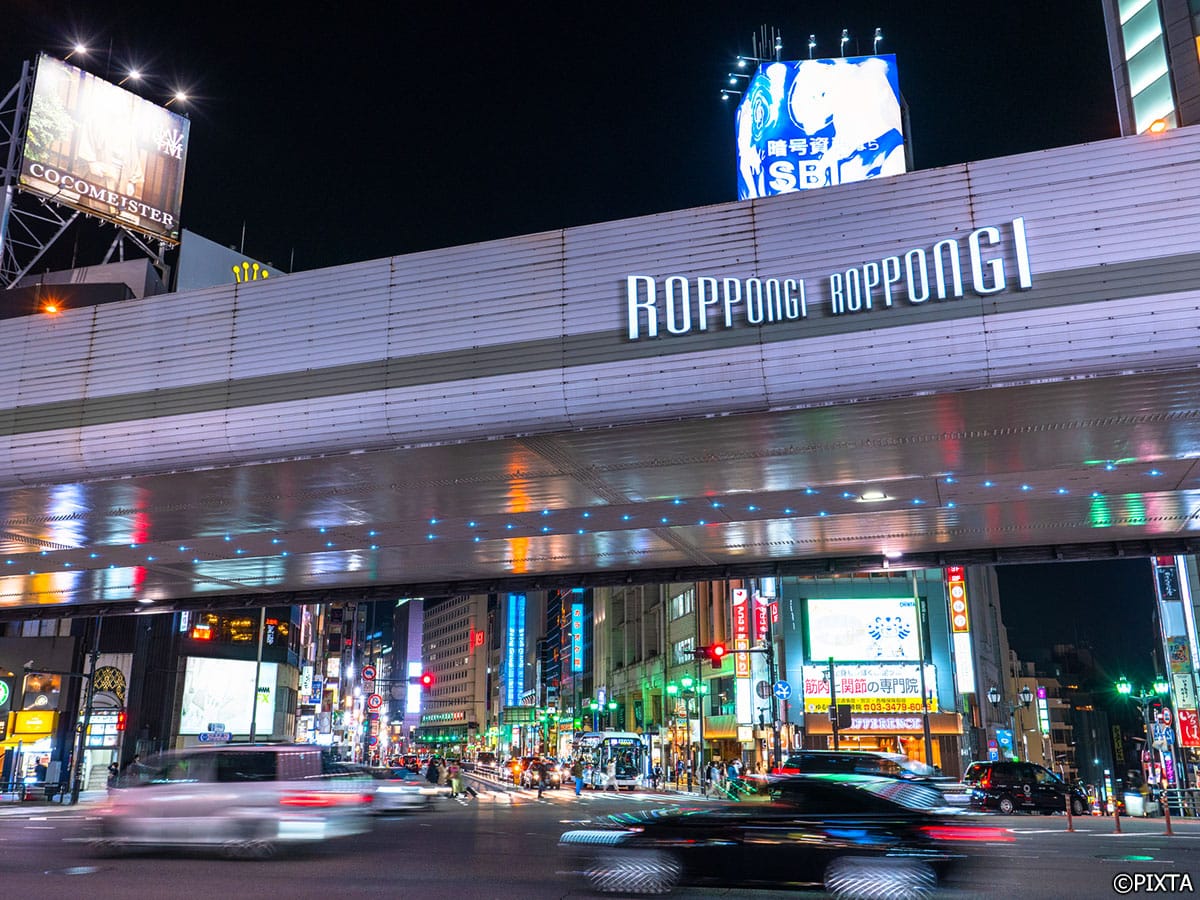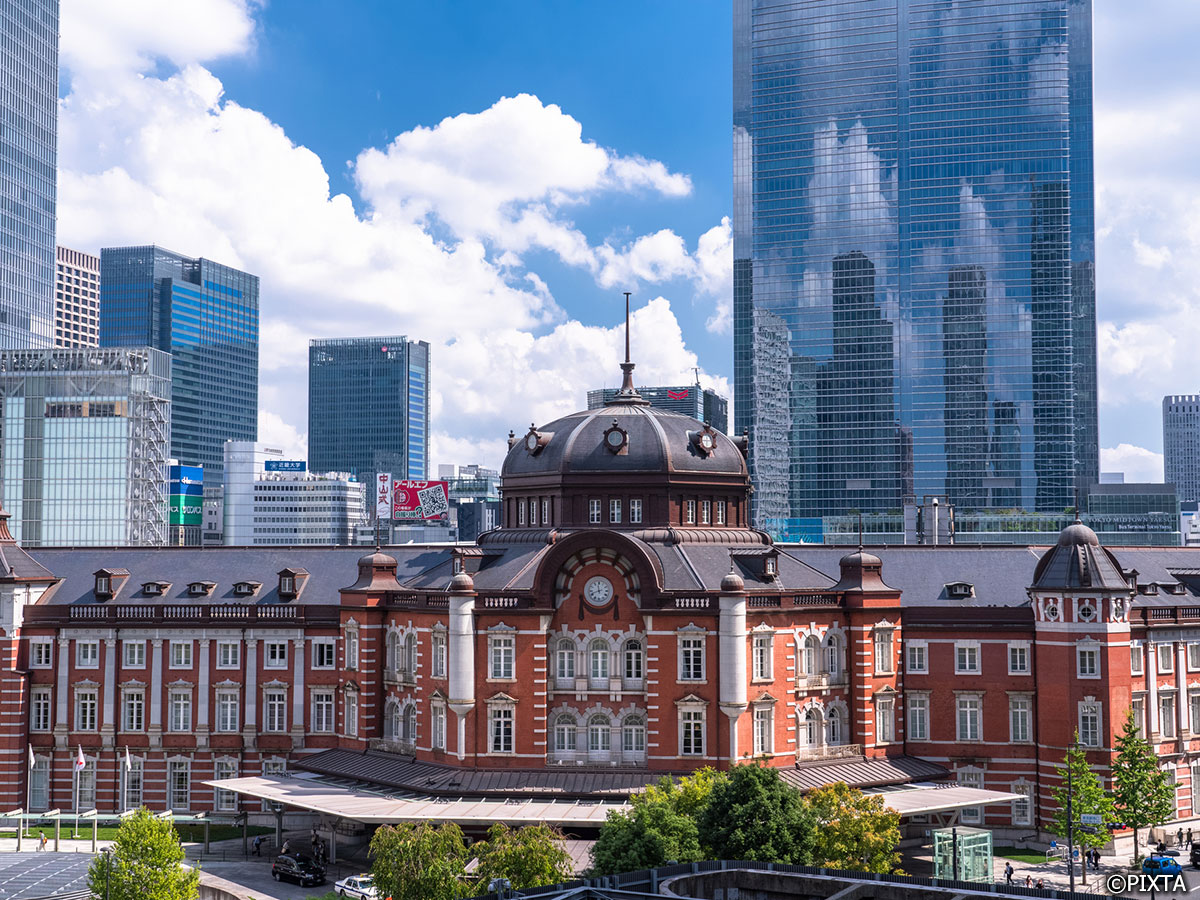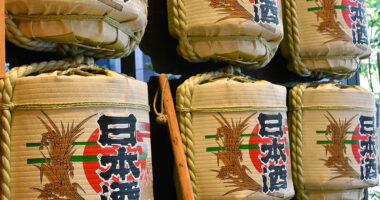- Sumo wrestling in Tokyo: history, culture, and spectacle
- Why sumo still matters
- Tokyo sumo wrestling tournaments: when and where to watch
- Tokyo sumo wrestling stadiums: where the magic happens
- Sumo wrestling tickets in Tokyo: How to get your seat at a tournament
- A few things first-timers should know
- Wrapping up: Why it’s worth it
A tradition that has endured for centuries is unfolding right before your eyes — and there’s a quiet, profound sense of awe in that moment.
The moment the rikishi (sumo wreslter) step into the dohyō (sumo ring)—barefoot, powerful, wrapped in ceremonial belts—time slows down. You’re witnessing a piece of Japan’s soul.
That makes sumo wrestling in Tokyo a window into something rare: centuries of ritual preserved in the middle of one of the most modern cities in the world. For travelers who want more than a postcard photo or a souvenir, attending a sumo match offers something more profound, an experience that lingers.
Want to watch sumo in Tokyo like a pro? Whether it’s your first visit or you’re returning for more, this ultimate traveler’s guide to sumo wrestling in Tokyo gives you everything you need—no fluff, no confusing jargon. Just clear, practical tips, insider insights, and cultural context that turn casual interest into real connection.
Sumo wrestling in Tokyo: history, culture, and spectacle
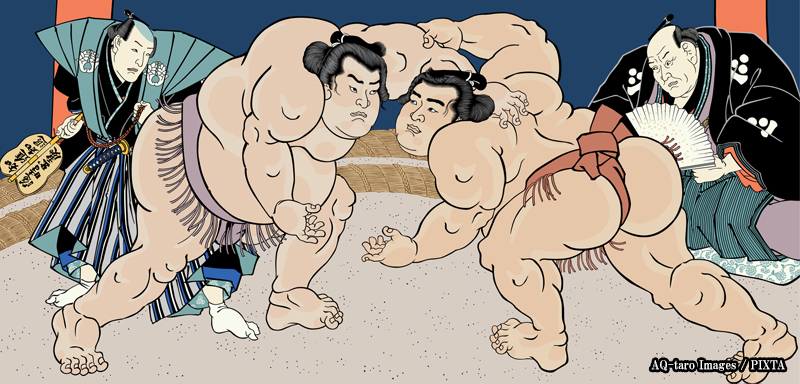
Photo for illustrative purposes
Sumo is a competitive sport reflecting generations of heritage, spiritual customs, and Japanese values still alive today. Watching sumo wrestling in Tokyo gives travelers an honest glimpse into a discipline shaped by centuries of ritual, patience, and discipline.
Shinto origins and enduring rituals
The foundations of sumo are deeply tied to Shintoism, Japan’s native religion. Early matches weren’t for entertainment but for divine favor. Ceremonies were held to honor deities and pray for good harvests. That origin still echoes in each tournament, particularly through rituals like throwing salt to purify the ring and the dramatic stomping meant to ward off evil spirits.
These rituals represent a spiritual mindset that continues to guide how wrestlers live and compete, even today. Every movement on the dohyo has intent, and every bout follows a rhythm shaped by history.
Tokyo as the center of sumo culture
Among all cities in Japan, Tokyo holds a special place in sumo. It hosts major matches, where many top sumo stables are located, making it the training ground for elite rikishi. These stables are where wrestlers live, train, and dedicate their daily lives to the craft, often under strict discipline from early morning until night.
With the Tokyo Sumo Wrestling Tournaments taking place thrice a year, in January, May, and September, the city consistently brings together the sport’s top talent and its most loyal fanbase. Attending a match during this time means stepping into a gathering that goes beyond simple sportsmanship.
Why sumo still matters
Understanding how to watch sumo wrestling in Tokyo is about knowing why the event still holds relevance in modern life. Sumo wrestlers are cultural figures who embody values like respect, perseverance, and humility. These traits are reinforced by a strict hierarchy and lifestyle that demands discipline outside the ring.
For travelers who want to connect with Japan on a deeper level, few experiences are as impactful as attending a live match. It’s a window into what the sport Japan holds dear. If you’re timing your visit around the sumo wrestling season, consider it an essential cultural experience, not a tourist checkbox.
Tokyo sumo wrestling tournaments: when and where to watch

Photo for illustrative purposes
Watching sumo wrestling in Tokyo is an unforgettable experience, but knowing when to go makes all the difference. Tokyo annually hosts three of Japan’s six grand tournaments, known as Honbasho. These events count toward a wrestler’s national ranking, making each bout matter.
Annual schedule of Tokyo’s major tournaments
Each Tokyo tournament lasts 15 consecutive days and draws fans from across the country and abroad. The action occurs at Ryōgoku Kokugikan, Tokyo’s most iconic sumo stadium.
- January Tournament: Starts in the second week of January. Ideal for travelers visiting Japan during the New Year holiday period.
- May Tournament: Held mid-to-late May. The warmer weather makes it a great time to pair your sumo outing with sightseeing.
- September Tournament: Early autumn brings comfortable temperatures and vibrant local events around the city.
These tournaments are part of Japan’s national sumo calendar, so if your Tokyo visit doesn’t align, you might consider planning around tournaments in Osaka (March), Nagoya (July), or Fukuoka (November).
Why timing matters
The later days of a Tokyo sumo wrestling tournament often feature the most high-stakes matches, especially between top-ranked competitors. These days also sell out the fastest, so book in advance if you’re aiming to see a Yokozuna or an Ozeki in action.
Still, there’s plenty of value in attending earlier in the tournament. Seats are easier to get, the crowds are lighter, and you’ll see younger wrestlers fighting for a chance to climb the ranks. Matches begin in the morning with lower-ranked rikishi and continue into the evening when top-tier wrestlers take the stage.
If you’re researching how to watch sumo wrestling in Tokyo, align your dates with one of these tournaments for the most immersive experience. Planning around the sumo wrestling season ensures you witness competition at its highest level.
Tokyo sumo wrestling stadiums: where the magic happens

Photo for illustrative purposes
While there are several places in Japan to watch sumo, no venue compares to Ryōgoku Kokugikan, Tokyo’s central arena for major tournaments and home to the heart of the sport. Watching a match here delivers entertainment, context, history, and atmosphere all in one place.
Ryōgoku Kokugikan: Tokyo’s Grand Sumo Hall
Located in the Ryogoku neighborhood, Ryogoku Kokugikan seats over 11,000 spectators. It has hosted countless legendary bouts and is the central location for Tokyo sumo wrestling tournaments. When you approach the arena, you’ll notice flags with wrestler names flanking the entrance, fan excitement building, and vendors selling traditional foods like yakitori and bento boxes.
Inside, the structure combines tradition with modern comfort. Box seats on the main floor offer a closer view of the action, while upper-level chair seats are better suited for those who prefer back support. No matter where you sit, the view of the dohyō is excellent.
More than just matches
Beyond the matches themselves, the stadium is home to the Sumo Museum, located within Ryogoku Kokugikan. The museum features rotating exhibits on legendary wrestlers, ceremonial clothing, historical artifacts, and rare items that highlight the rich heritage and evolution of the sport. Admission is free with your ticket and worth the visit if you arrive early.
Nearby, several sumo stables offer morning training sessions that are sometimes open to the public. Watching practice at these stables adds depth to what you’ll see later in the arena, showing the discipline, repetition, and hierarchy behind every match. Be mindful of etiquette: silence is expected, and taking photos should only be done with permission.
If you’re planning how to secure sumo wrestling tickets in Tokyo, keep in mind that matches at Ryogoku Kokugikan often sell out, especially during peak dates of the sumo wrestling season. Booking early is the best way to secure your preferred seating type and date.
Options outside the main season
Even if your trip doesn’t align with one of the major tournaments, Tokyo still gives visitors opportunities to experience sumo year-round. Many sumo stables, known as heya, are in the city. Some of these open their doors to visitors during morning practice. These sessions are authentic training environments, so be respectful and observe silently.
You might find special matches, exhibition bouts, or public events featuring wrestlers during national holidays or cultural festivals. These aren’t part of the official Tokyo sumo wrestling tournaments. However, they offer a solid introduction to the sport’s intensity and tradition.
For anyone wondering how to watch sumo wrestling in Tokyo outside tournament periods, these options provide meaningful access to the sport and its culture without shifting your entire itinerary.
Sumo wrestling tickets in Tokyo: How to get your seat at a tournament
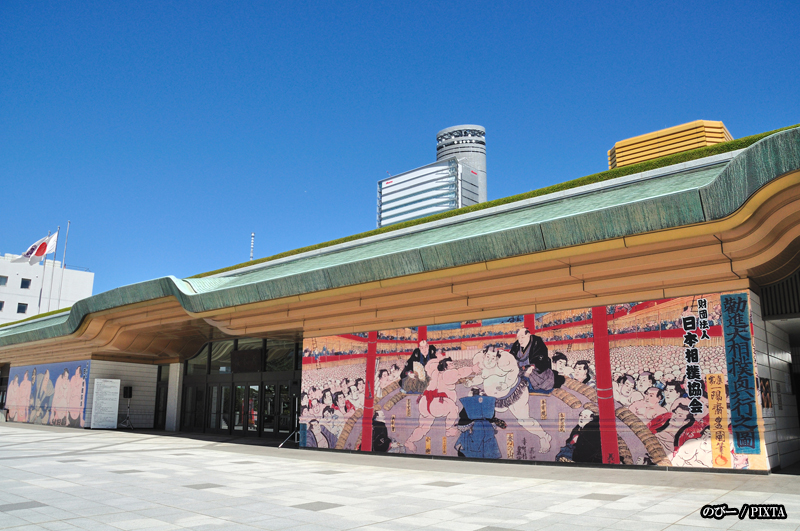
Photo for illustrative purposes
Buying your tickets the right way
Getting sumo wrestling tickets in Tokyo isn’t complicated, but some planning goes a long way. Tickets usually go on sale about four weeks before each tournament begins. Buying early is recommended, especially if you’re visiting during the latter part of the sumo wrestling season when matches become more intense and high-ranked wrestlers face off.
The easiest way to purchase tickets is through:
- The Japan Sumo Association’s official website, which offers an English interface
- Third-party platforms like Ticket Oosumo
These sites allow you to choose your seating section and print or display your ticket digitally.
Day-of tickets and what to expect
A small number of general admission tickets are available on the event day. These are sold on a first-come, first-served basis, so you’ll need to get to the venue early, usually before 7:00 AM. If you’re flexible with your seating and don’t mind watching the lower-ranked matches, this can be a cost-effective way to enjoy the experience.
Seat types and comfort level
Understanding the seating layout can make a big difference in your comfort and enjoyment:
- Masu-seki (box tickets):
Traditional floor seating where four people share a tatami-style square. This is authentic but requires sitting cross-legged for long stretches. - Chair seats:
Found in the upper levels. These are standard stadium seats and more suitable for most international travelers. - Ringside seats:
Closest to the ring but hard to get and quite expensive. Note: there’s no barrier between you and the wrestlers. If someone gets pushed out, you might be directly in the line of action.
If you’re researching how to watch sumo wrestling in Tokyo, securing your tickets in advance during Tokyo sumo wrestling tournaments is the safest way to avoid disappointment.
A few things first-timers should know
When to arrive
Arriving early is encouraged, especially if you want to see lower-division wrestlers compete. These early matches offer a quieter environment and provide context for how rikishi work their way up the rankings. If you’re pressed for time or just want to see the most famous rikishi, you can arrive in time for the upper-division matches.
Observing match etiquette
Watching sumo wrestling in Tokyo for the first time is a powerful cultural experience, but it’s essential to understand what’s expected of spectators. Unlike more casual sports events, sumo is surrounded by formal customs that also extend to the audience.
When watching the match, cheer politely and avoid shouting or jeering. Even applause is typically reserved for the end of a bout. Respectful silence is the norm during the pre-match rituals, as fans pay close attention to every gesture and movement.
What you can (but shouldn’t) bring
Due to space limitations, large bags and backpacks aren’t ideal for the seating area. If you’re carrying luggage, use one of the lockers near the venue. Food and drinks are allowed, but there’s an unspoken rule to keep everything tidy. Locals bring homemade bento boxes or buy snacks from official vendors inside Ryogoku Kokugikan.
Photography is fine, but don’t use flash. It distracts the wrestlers and other spectators. Try not to stand up during matches, as it blocks the view for others, especially those seated behind you in box or chair seats.
Attending during the sumo wrestling season means the venue might be crowded, especially during final matches. Still, most fans are courteous and there to enjoy the tradition, just like you.
Whether you’re coming for the sport or to learn more about Japanese culture, following these simple tips will help you enjoy the whole experience of sumo wrestling in Tokyo with respect and appreciation.
Wrapping up: Why it’s worth it
Watching sumo wrestling in Tokyo is a cultural experience that immerses visitors in centuries of tradition, ritual, and pride. Whether planning to attend a grand tournament at Ryōgoku Kokugikan or hoping to catch a glimpse of sumo culture at a local stable, knowing what to expect can turn an enjoyable outing into an unforgettable memory.
For more practical travel tips, event guides, and cultural insights to make the most of your time in Japan, Umami bites offers curated information designed with international travelers in mind, making your journey smoother and far more rewarding.
